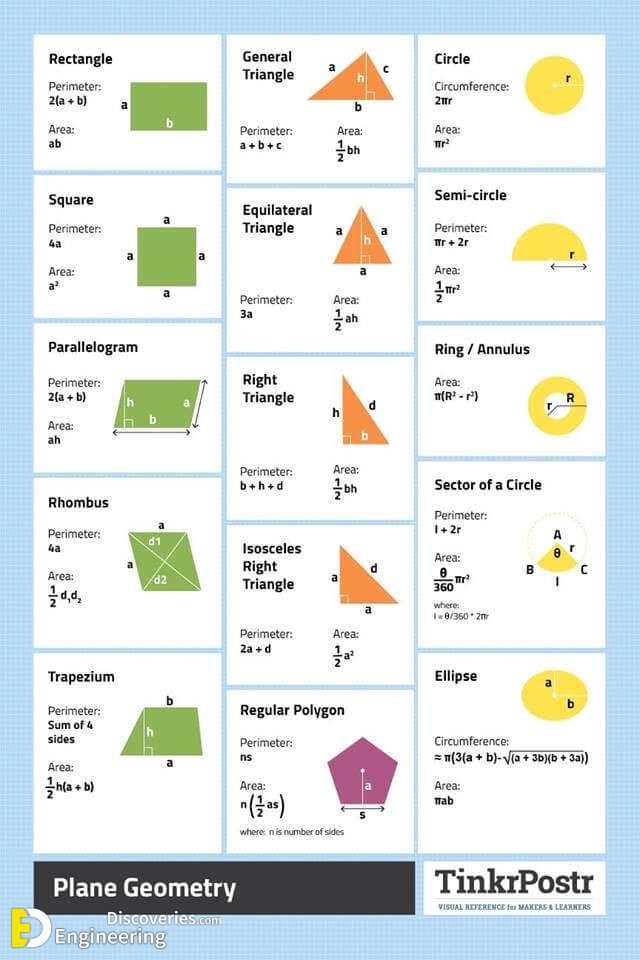

The cross section of a beam can be rectangular, circular, or triangular, or it can be of what are referred to as standard sections, such as channels, tees, angles, and I-sections. For example, the length of the beam, as shown in Figure 1.1, is significantly greater than its breadth and depth. The features of these forms will be briefly discussed in this section.īeams are structural members whose longitudinal dimensions are appreciably greater than their lateral dimensions. Structural members can be classified as beams, columns and tension structures, frames, and trusses.

Members or components that make up a structure can have different forms or shapes depending on their functional requirements.

There are several types of civil engineering structures, including buildings, bridges, towers, arches, and cables.
#BASIC CIVIL ENGINEERING FORMULAS CODE#
This is necessary to ensure that the structural members satisfy the safety and the serviceability requirements of the local building code and specifications of the area where the structure is located.ġ.2 Types of Structures and Structural Members Structural analysis establishes the relationship between a structural member’s expected external load and the structure’s corresponding developed internal stresses and displacements that occur within the member when in service. During the preliminary structural design stage, a structure’s potential external load is estimated, and the size of the structure’s interconnected members are determined based on the estimated loads. Structural analysis is the prediction of the response of structures to specified arbitrary external loads. \)Ī structure, as it relates to civil engineering, is a system of interconnected members used to support external loads.


 0 kommentar(er)
0 kommentar(er)
